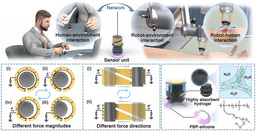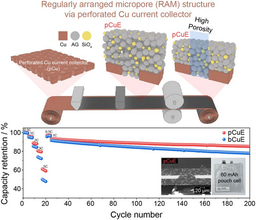New bioengineering strategies to improve crop photosynthesis and address global crop growing challenge
Published in Bioengineering & Biotechnology

With the world’s population projected to reach 10 billion by 2050, scientists are seeking for new ways to increase global crop productivity for the growing demand for food while mitigating the effects of climate change. Photosynthesis plays a vital role in plant growth and development, and improving this biological process has emerged as a strategy to improve crop yields.
However, one major limitation to photosynthesis is the carbon fixation reaction catalyzed by the enzyme called Rubisco in the Calvin-Benson-Bassham cycle. To overcome this limitation, scientists have turned to understanding and engineering CO2-concentrating mechanisms (CCMs) found in other organisms, such as cyanobacteria and proteobacteria that employ carboxysomes as the central CO2-fixing organelles, to enhance carbon fixation.
Carboxysomes encapsulate Rubisco and carbonic anhydrases within a nanoscale polyhedral protein shell that appears like a virus capsid. They increase the efficiency of CO2 fixation by generating an accumulated bicarbonate pool within the shell and elevating CO2 levels around the catalytic sites of Rubisco. Hence, carboxysomes play an important role in higher photosynthetic efficiency and bacterial growth in ecosystems, making a great contribution to the global carbon cycle. However, such efficient CO2-fixing systems are absent in major agricultural C3 crops.
Researchers at the University of Liverpool, United Kingdom have made a breakthrough by successfully transforming the full set of α-carboxysome components, derived from a proteobacterium, to develop functional carboxysomes for plants. To achieve this, the researchers used synthetic biology to build a DNA cluster containing nine genes and many regulators to produce carboxysome proteins and applied a technique called chloroplast transformation to introduce foreign DNA into the chloroplast genome of a tobacco plant cell. They successfully transformed Rubisco, carbonic anhydrase, and other major structural components essential for carboxysome formation and function into tobacco chloroplasts.
By performing comprehensive characterizations of the plant growth and function, the researchers demonstrated that the engineered carboxysomes are able to support plant photosynthesis and growth and enable a full life cycle in air supplemented with 1% CO2. This is a significant achievement in the quest to advance plant engineering for increasing crop productivity and yields.
"This ground-breaking research demonstrates the first successful engineering of functional bacterial carboxysomes in crop plant chloroplasts," said the senior author Professor Luning Liu. "This work follows our recent successful attempt to engineer a catalytically faster Rubisco from a proteobacterium into tobacco chloroplasts to support plant growth (Plant Cell 2023, DOI: 10.1093/plcell/koac348). Overall, our studies represent an important step forward in our efforts to conduct carboxysome engineering as a promising strategy to increase crop photosynthetic efficiency and ultimately, their yields. This has the potential to revolutionize agriculture, sustainable agricultural practices, and help us feed the world's population in a sustainable way."
This study, entitled “Engineering α-carboxysomes into plant chloroplasts to support autotrophic photosynthesis”, has been published in the journal Nature Communications (2023, 14, 2118. DOI: https://doi.org/10.1038/s41467-023-37490-0 ).
The study was conducted in collaboration with researchers at Imperial College London and the University of Essex in the United Kingdom, and Huazhong Agricultural University in China. The study has received funding from the UK Leverhulme Trust Research Grant, the Royal Society, Biotechnology and Biological Sciences Research Council, the National Key R&D Program of China, and National Natural Science Foundation of China.
Moving forward, the researchers plan to investigate the potential of installing fully functional CO2-concentrating pathways in chloroplasts to improve plant photosynthesis in ambient air and expand carboxysome engineering in other crop plants, such as rice and wheat.
Follow the Topic
-
Nature Communications

An open access, multidisciplinary journal dedicated to publishing high-quality research in all areas of the biological, health, physical, chemical and Earth sciences.
Related Collections
With Collections, you can get published faster and increase your visibility.
Clinical trials 2025
Publishing Model: Open Access
Deadline: Dec 31, 2025
Women's Health
Publishing Model: Hybrid
Deadline: Ongoing





Please sign in or register for FREE
If you are a registered user on Research Communities by Springer Nature, please sign in